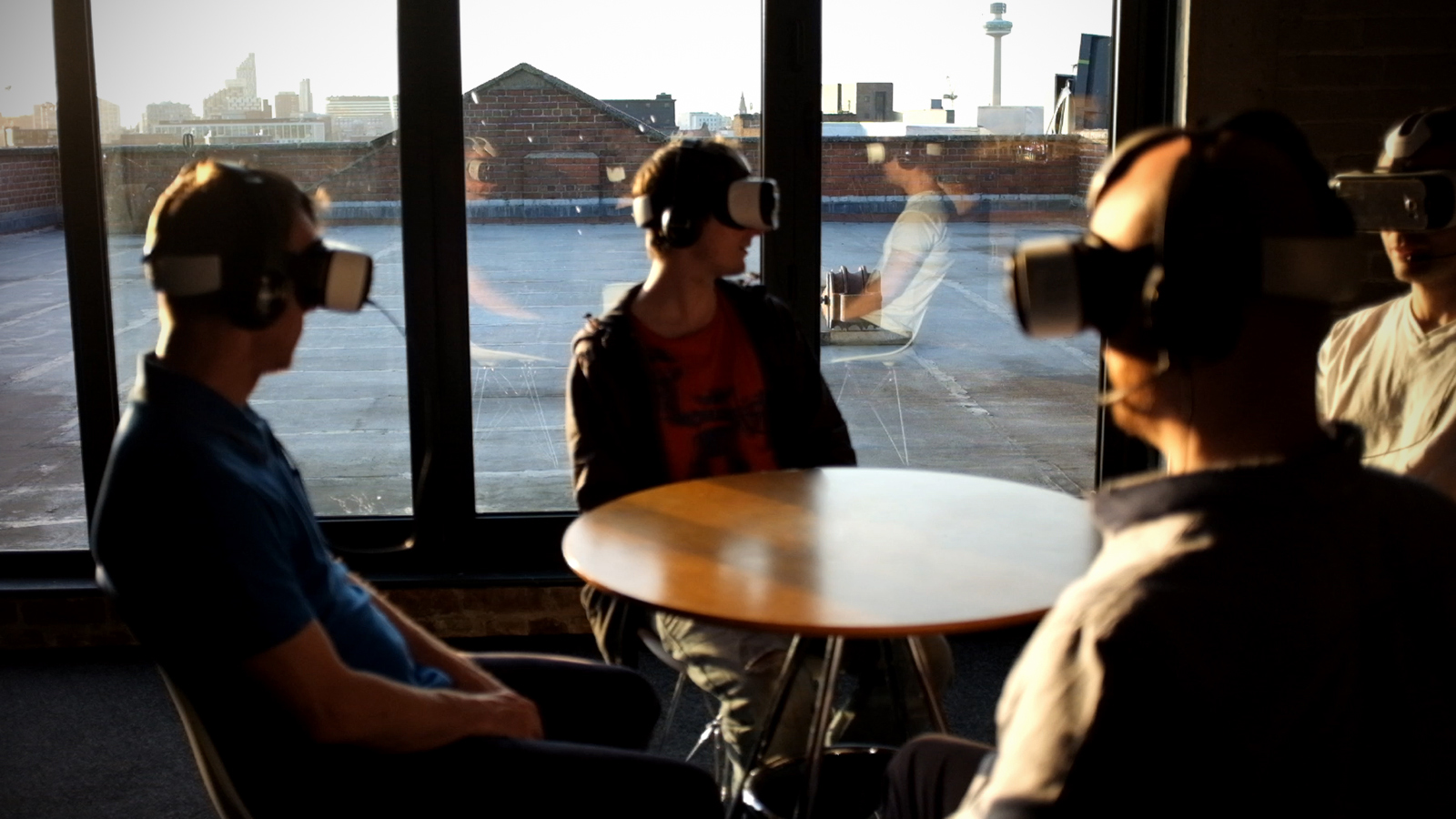How to build Virtual Reality Application

The market for virtual reality is set to explode in the very near future, with a projected value well in excess of $100 billion by 2020. And really, the sky’s the limit for VR technology, with the ultimate goal for many technologists and futurists being a fully immersive virtual world.
What are the main phases of developing the virtual reality application?
1. Choosing the team of developers
An experienced team of developers should listen your idea of the future application, gather all the requirements, analyse and propose the best way for the VR application development and design. Be ready to answer hundreds of questions and make lots of calls. This briefinng process will take some time of yours but it will help to get the better result – a professional virtual reality application.
2. Finding an audience and right engine
One of the most essential decisions along the VR journey involves choosing your target audience and platform. VR headsets vary substantially in their target users, stemming largely from the major differences between headsets’ prices, capabilities, inputs, and user controls. Knowing your target audience and tool set from the start will help the developers build with confidence and make more informed choices about features and user controls. Unity – an engine used to create 2D and 3D experiences across many platforms. It has three versions: Unity Plus and Unity Pro require a paid subscription, while Unity Personal offers free development and publishing for hobbyists. Unreal Engine – an engine built entirely in C++ and used to create experiences across multiple platforms. Development is free but developers must pay royalties when the game or experience ships. CryEngine – a free engine providing developers access to the source code. Development is free but developers can choose to pay a license fee to gain access to additional support and training. Lumberyard – a free engine from Amazon, reportedly based on CryEngine. Amazon released the source code, development is free, and developers pay for the Amazon Web Services they choose to use.
3. Hardware selection
The world of virtual reality, augmented reality, and mixed reality is growing so fast. Be ready to buy more annd more hardware to be on top of the technology’s fashion. VR and AR experiences sometimes require different tools and development environments, depending on what you want to do. For example, if you going to create a virtual reality game using Unity, you will need to specify the targeted headset like HTC Vive, Oculus Rift, PlayStation VR, etc. If you going to develop an augmented reality application, you can choose to develop on a cross-platform toolset like ReactVR, or you will need to target iOS or target Android devices. If you want to develop for the HoloLens, you can start with Unity and build for the HoloLens, and then you will need to use Visual Studio to test and deploy the application.
4. Specification and Prototyping documentation
Building a VR product is a multi-step journey, so it requires the serious approach which must be started with writing the technical specification and prototyping. Every single part of the future app should be appeared on a paper and approved by the project owner. This documentation is a basis of the whole development process, as well as the main document which will help to avoid the misunderstandings in development.
5. Developing your artwork
Developing for AR and VR can be much easier than designing. VR, as well as AR prototypes are being created using 2D design tools, pen and paper, and VR art tools. So it is better to work with the professionals who understand the visual aspect of virtual reality. Designing for 3D isn’t the same as designing for 2D – in VR and AR there is another dimension to design for. Adding another dimension changes everything. Many suggest prototyping simple VR experiences using a pen and graph paper with a 360° grid³. People that are familiar with AR & VR know how important it is to visualize their designs in a headset.
6. Coding the application
Coding the VR application should encompass everything from load times to image processing, to ensure lag and latency are kept to a minimum, otherwise the immersive VR game will fall at the first hurdle. Coding timeline can be less than the design part but also very important for the future application’s success.
7. Testing and launching
A crucial and exciting phase during the development of any technology product is user testing. Be ready to spend some time and costs for this necessary work. Next step can be beta testing – that also takes time, but it’s well worth the insights gleaned from users’ feedback and advice.
Now you can shake hands to the developers and enjoy your VR application.